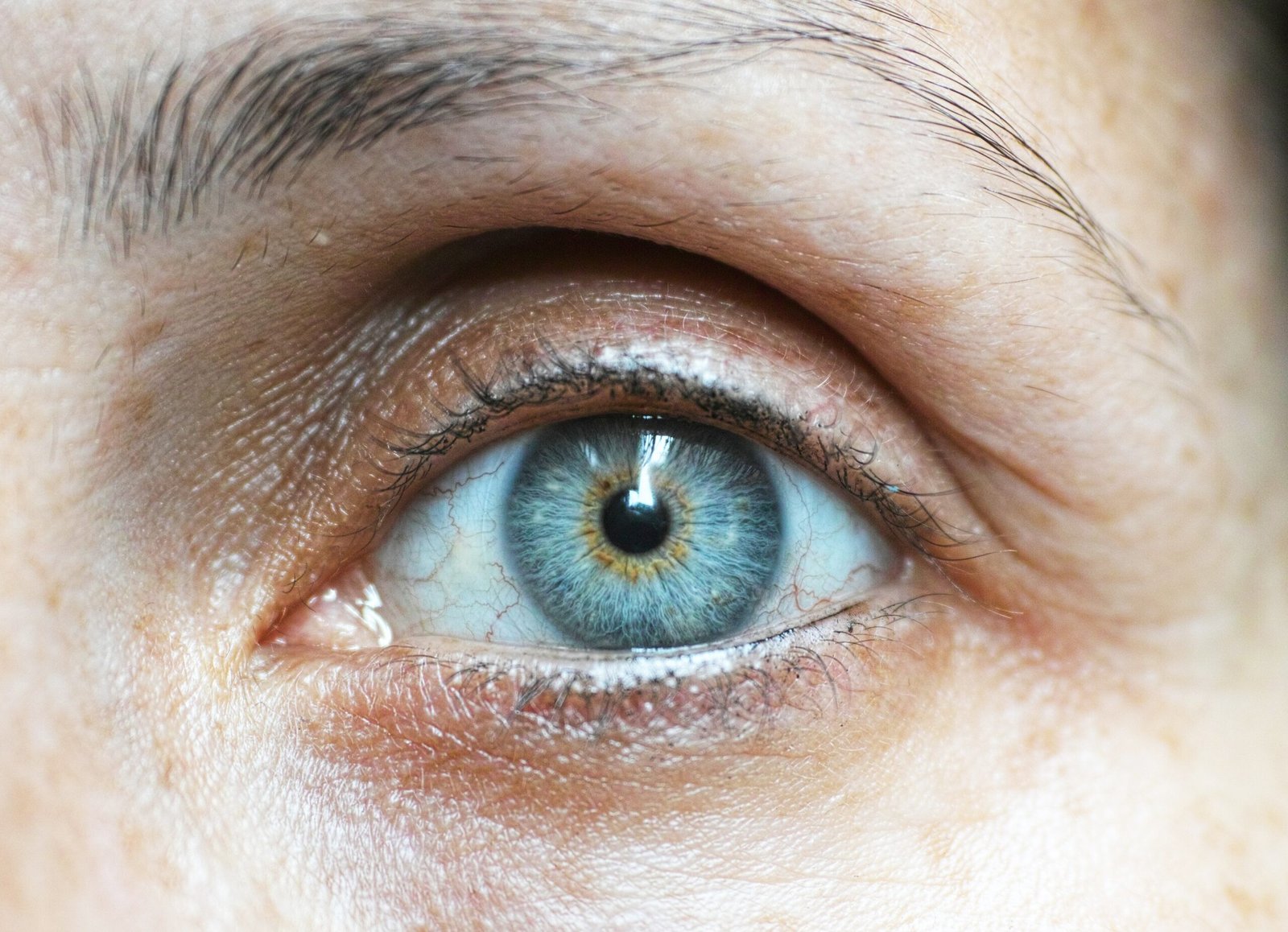
LASIK EYE SURGERY – THE PROCESS
Are You a Candidate for LASIK?
Lasik Nashville eye surgeon means that you will no longer need corrective lenses. It’s not for everyone. Find out if you are a suitable candidate for the job and consider what you should do as you make your final decision.
If you are tired of looking through contacts or eyeglasses, LASIK may be the right option for you. LASIK refers to a form of refractive surgery. Temporary fluctuations may occur in the vision due to certain medications and conditions, such as pregnancy, breastfeeding, or steroid medication. Before you consider LASIK eye operation, wait until your vision stabilizes.
Most people with laser-assisted, in situ, keratomileuses eye surgery (LASIK), achieve 20/20 vision, or better. This is good for all activities. As they age, most people will still need glasses to read or drive at night.
LASIK has a proven track record. Most people are happy with their results and have never experienced any complications that could cause vision loss. Some side effects are common, such as dry eyes or temporary visual disturbances like glare. These side effects usually resolve within a couple of weeks to months and are not considered a serious problem.
Refractive error, along with other factors will affect your results. Refractive surgery is more successful for people with moderate nearsightedness. Refractive surgery results are less predictable for people with high nearsightedness, farsightedness, and astigmatism.
The majority of people who have LASIK will see excellent to good vision for many years. Without glasses or contacts, you’ll still be able to swim and play sports. You may need glasses if you are older, or in low light conditions.
LASIK Eye Surgery
Laser eye surgery is one of the most popular options for treating myopia, hyperopia, and astigmatism. The LASIK procedure, like other forms of refractive surgery, reshapes your cornea so that light can be focused on the retina. This allows for better vision. Images are usually focused towards the retina at the back of your eye. Blurred vision can result from nearsightedness, farsightedness, or astigmatism. Blurred vision can be corrected with contact lenses or glasses. Refraction can be corrected by reshaping your cornea, the transparent dome-shaped tissue in the front of the eye.
Laser eye surgery can be performed on people with moderate refractive errors and normal vision. LASIK is painless and only takes about 15 minutes per eye. You will notice a difference in your vision immediately following the procedure. Your vision can usually improve over time and stabilize.
Laser refractive surgery can be performed in many ways. LASIK, the most well-known and commonly used type of laser refractive surgery is by far the most popular. This article will include the use of “LASIK” for all kinds of laser eye surgery. Many people have never had to see an eye surgeon or LASIK. Talking to a trusted eye doctor is a good place to start when looking for an eye surgeon. Ask family and friends who’ve had success with LASIK.
The team that your eye surgeon works with may include other specialists who can help you with the initial assessment and measurement. Your surgeon is responsible for deciding if LASIK is right for you. He or she also confirms your measurements and performs the operation. Discuss your concerns with your surgeon and the benefits of LASIK. You can talk to your eye surgeon about the pros and cons of this procedure.
LASIK (Standard or Custom)
Each eye surgeon may be able to specialize in certain types of laser eye surgery. They are all generally similar, with few differences. None of them is better than the others.
Laser-assisted, in situ Keratomileusis (LASIK) refers to a form of refractive surgery that treats myopia (nearsightedness), hyperopia, and astigmatism. An ophthalmologist or eye doctor performs LASIK as an outpatient procedure. LASIK can improve vision by using a laser to reshape a patient’s cornea. The cornea, which is the part of the eye that focuses light rays onto the retina, is important. The image you see can become blurred if the eye or cornea isn’t perfectly formed. This is where LASIK surgery might be an option.
Hood says Photorefractive keratectomy (or PRK) can work better for patients with very low prescriptions and thin corneas. This is because the patient doesn’t have enough residual cornea for LASIK to make a flap. Instead of forming a flap with PRK, the epithelium (top) is removed. The corneal abrasion can take three to four days for it to heal. This results in mild pain and blurred vision short-term. These drawbacks are outweighed by the theoretical benefit that PRK is safer for those who are more susceptible to being struck in the eyes — such as people involved in contact sports or law enforcement. Standard LASIK has a very low risk of eyeball injury, and PRK is unlikely to offer any significant advantages. PRK does not offer the best option for myopia and severe nearsightedness. LASIK, however, is a superior choice to PRK. Both PRK and LASIK have similar final results. The difference lies in the time it takes to heal.
Before LASIK Surgery
Lasik Nashville’s eye surgeon will assess your eyes and ask you questions to ensure that your surgery is successful. The eye surgeon will ask you detailed questions about your overall health. Some medical conditions that are not related to the eyes can make LASIK riskier or less predictable.
During this conversation, you should be able to ask questions of your doctor. Before you sign the informed consent, allow yourself time to consider the risks and benefits, read any documentation provided by your physician, and ask any questions.
Your eye surgeon will take detailed measurements and evaluate your overall eye health before you undergo LASIK. A mild sedative may be prescribed to you prior to your procedure. Eye-numbing drops are administered to you once your body is lying on its side. Next, he/she will apply a laser cutting device to alter your cornea’s curvature. Each pulse of the laser beam removes a small amount of corneal tissue, which allows your eye surgeon to adjust the curvature of your cornea.
During LASIK Eye Surgery
The operation takes approximately ten minutes in the operating room. Each eye is treated with a laser for less than one minute. The type of correction required and the duration of the procedure will affect the length of the process. While you can still see the doctor, the remainder of the process will cause blurred vision. After removing the flap, the doctor will fold the flap back onto its hinge and dry any remaining tissue.
A mechanical microkeratome will place a ring on the eye. Very high pressures are applied to suction the cornea. The suction ring will cause your vision to dim. You may also feel some pain and discomfort. Attached to the suction rings is the microkeratome. This cutting tool can be used for removing a flap in your cornea. The blade of the microkeratome will be used by your doctor to create a cornea flap. The microkeratome blades should only be used once before being thrown away. After that, the microkeratome blades and suction rings are removed.
To cut the corneal flap, your doctor might use a laser keratome (a type of laser device) instead.
When a laser is used to flatten the cornea, a transparent plastic plate is applied. During this procedure, your vision may dim and some discomfort might occur. The laser energy creates thousands of tiny bubbles of water and gas that are focused within the cornea tissue. These small bubbles expand to connect and separate the tissue beneath the cornea’s surface. This is called a flap. After that, the plate is removed.
Recovery from LASIK Surgery
LASIK has a proven track record. Most people are happy with their results and have never experienced any complications that could cause vision loss. Some side effects are common, such as dry eyes or temporary visual disturbances like glare. These side effects usually resolve within a couple of weeks to months and are not considered a serious problem.
LASIK laser vision correction requires no need for stitches or bandages. To get rid of any residues or debris, your doctor might ask that you scrub your eyelashes before the surgery. Infections can be more likely after and during surgery if there is debris around the eyes.
Also, the tear film will be examined to determine if there is any risk that your eyes may become dry after LASIK.
You may feel some discomfort for the first few days following the surgery. Your vision might become blurry or blurry during this period. Sometimes, the patient’s vision may improve immediately but then become blurry. Patients may experience different effects.
What is LASIK?
Your LASIK surgeon first will make a thin, transparent flap on your cornea using a tiny surgical instrument called a microkeratome, or a femtosecond laser.
To access the stroma, the surgeon folds the flap back. Then, he or she uses an excimer laser to remove some of the corneal tissue. The corneal tissue is then reshaped using laser ablation. After that, the flap can be rolled back and covered with the flap. After surgery, the flap is sealed to protect the cornea.
The Corneal Flap
The surgeon will most often create a corneal flap and raise it before shaping the cornea. On the opposite side of the nose, the corneal flap is still attached to or “hinged”. The Excimer laser can be used to fold and position the corneal flap quickly. You can also raise a thin flap, no flap or none at all. Every technique comes with its own advantages and drawbacks.
Excimer Laser
Excimer lasers are used to remove corneal tissue precisely to alter the cornea’s curvature using UV light.
The Excimer Lasers use a cool UV light beam to “ablate” microscopic amounts from the cornea. This allows light to focus more precisely on the retina, improving vision.
Two steps are required for LASIK: the creation of a corneal flap using a precision flap-making tool and then the reshaping of the cornea using an excimer laser. The surgeon will then adjust the excimer laser to your prescription using a computer after the corneal flap has been created. The excimer laser can be used to shape the cornea by cutting away the middle layer of tissue. To access the middle layer of the cornea, the surgeon folds the flap back. Then the excimer laser is used to remove some corneal tissue. Nearsighted patients want a flat cornea. Farsighted individuals prefer a more steep cornea. The excimer laser can also correct astigmatism, smoothening an abnormal cornea to a more natural shape.
